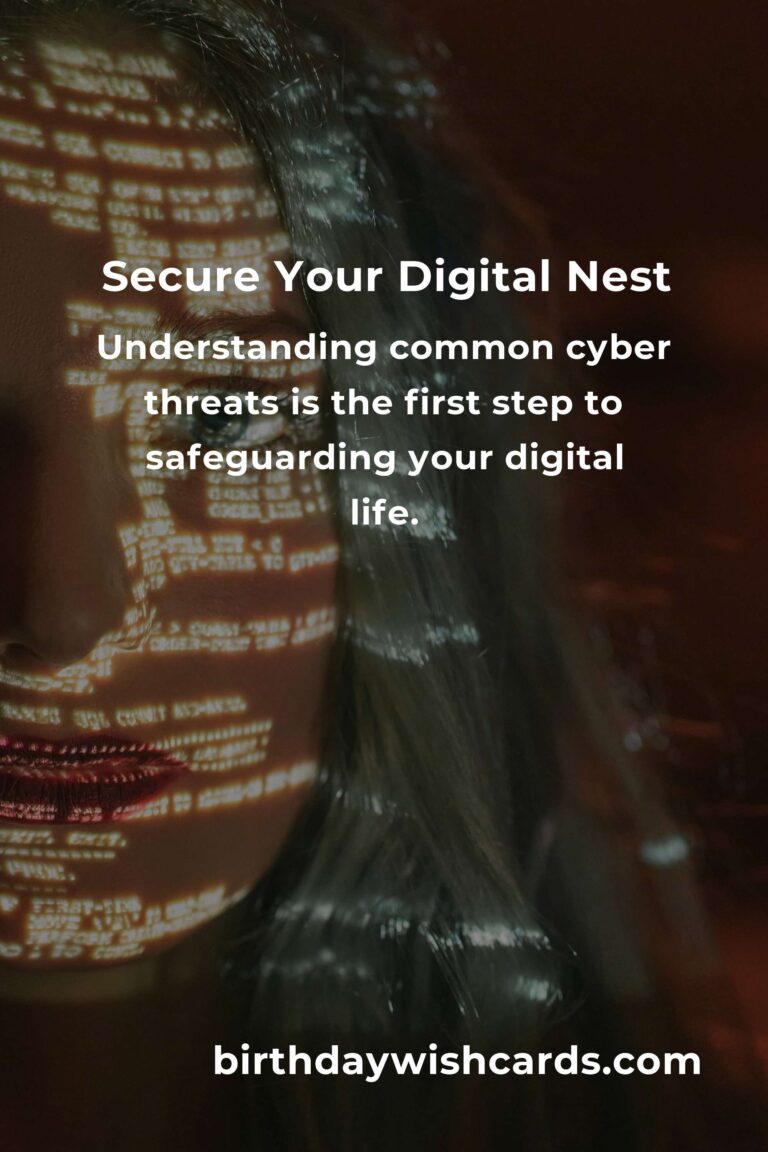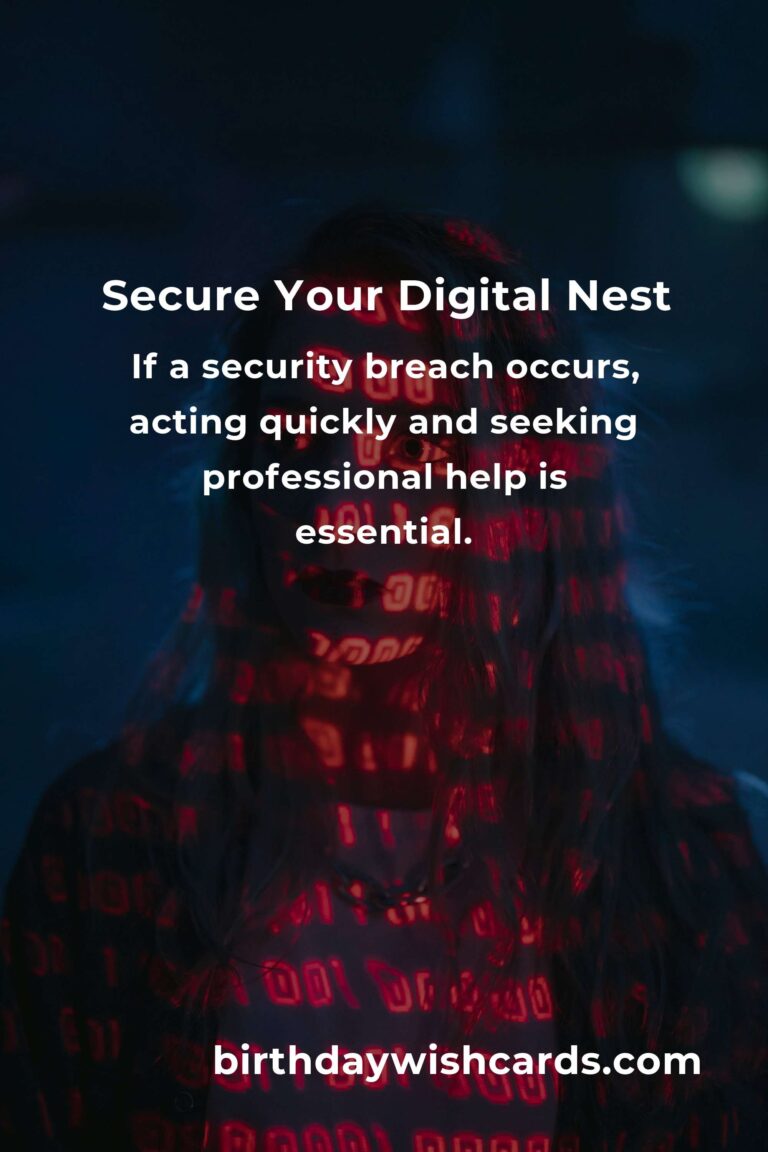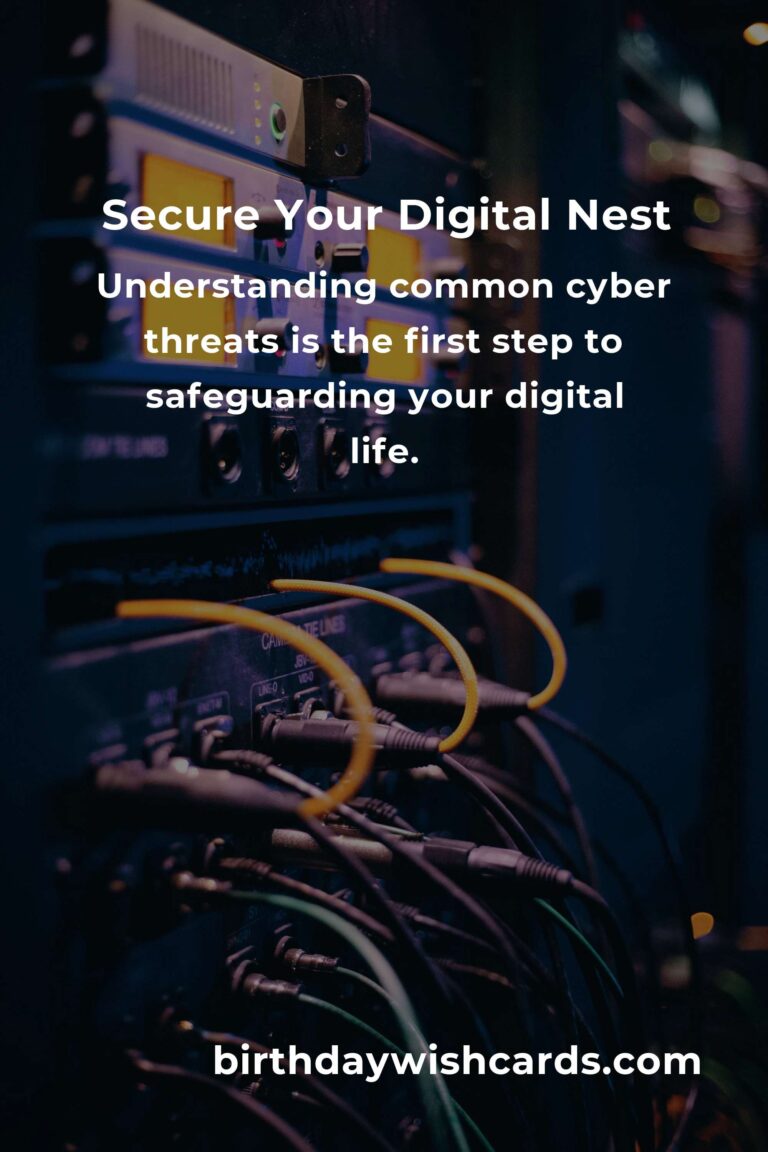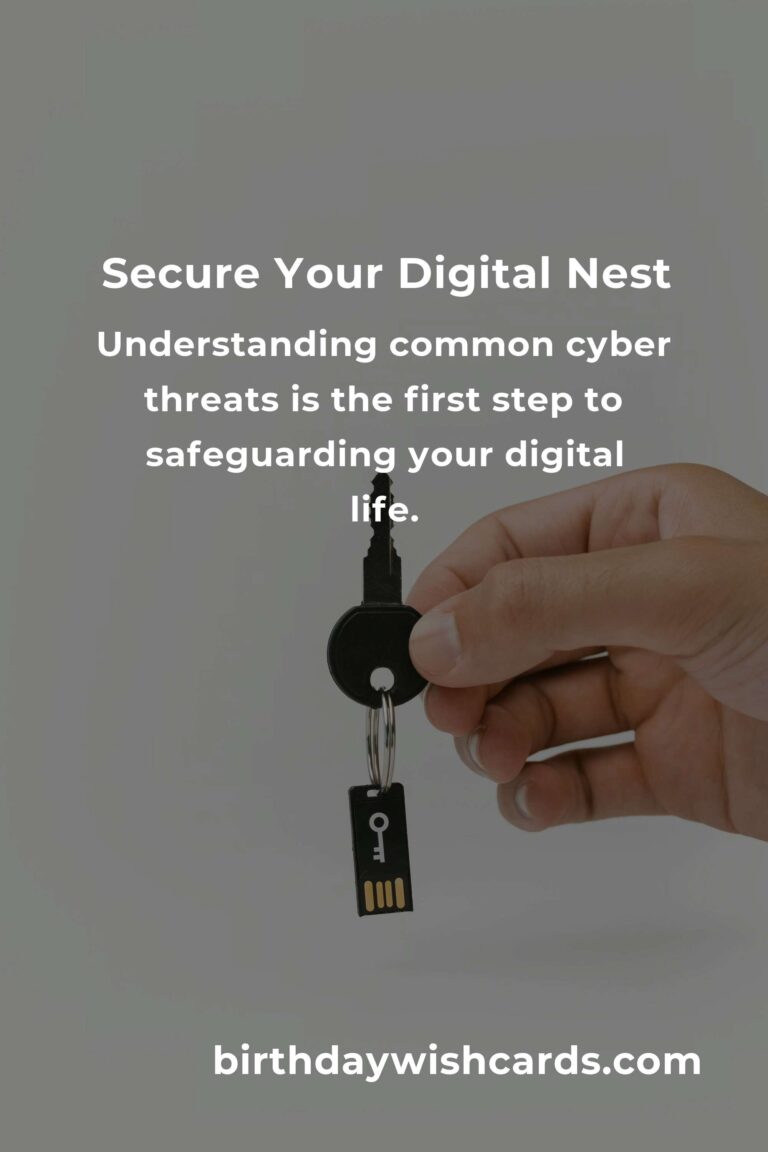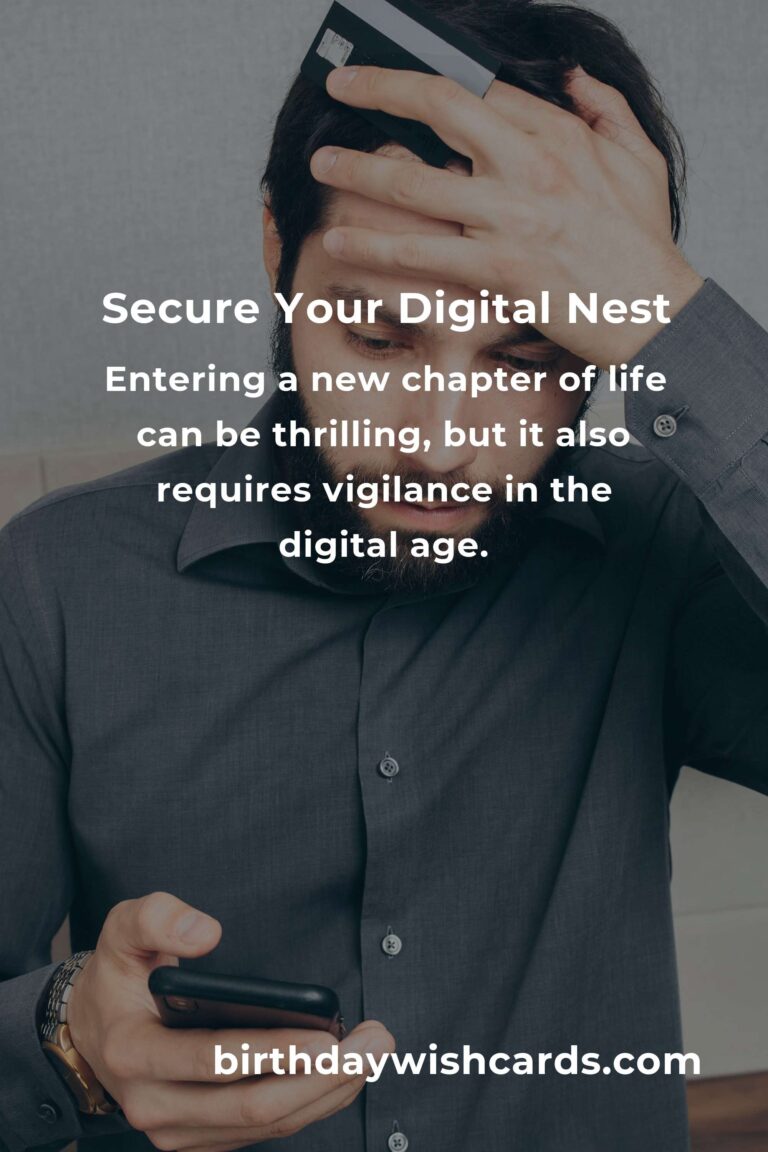
Imagine this: your children have finally flown the nest, and you are entering a new chapter of life. It’s a time to rediscover your passions, perhaps travel more, and certainly enjoy the peace that comes with a quieter home. But as you settle into this new rhythm, there’s one thing you might not have anticipated—a digital world that seems to be spinning faster than ever, and the importance of cybersecurity in keeping your newfound peace of mind intact.
As we embrace technology, whether it’s to keep in touch with family or manage our finances, it’s crucial to understand the potential risks and how to protect against them. Let’s embark on a journey to explore the essentials of cybersecurity tailored specifically for empty nesters.
Understanding the Digital Landscape
For many empty nesters, technology acts as a vital lifeline. It connects us to loved ones, helps manage our health records, and provides endless entertainment. However, with these conveniences come potential threats. Cybercriminals often target individuals who they perceive to be less tech-savvy, and it’s essential to know what dangers lurk and how to shield yourself.
Common Cyber Threats
Let’s start by understanding some of the common threats:
Phishing Scams: These are fraudulent attempts to obtain sensitive information by pretending to be a trustworthy source. They often come in the form of emails or messages that appear legitimate.
Identity Theft: This involves someone stealing your personal information to impersonate you. It’s a gateway to financial fraud and other crimes.
Malware: Malicious software can infect your computer, often through email attachments, downloads, or even visiting certain websites. It can disrupt your computer’s operations or steal sensitive data.
Steps to Protect Yourself
Recognizing the threats is just the beginning. Here are actionable steps to safeguard your digital life:
Educate Yourself: Knowledge is power. Take the time to learn about the latest cybersecurity risks and how to counteract them. Many community centers offer free classes for seniors, which can be a great start.
Use Strong Passwords: Create complex passwords that include a mix of letters, numbers, and symbols. Avoid using easily guessed information like birthdays or pet names. Consider using a password manager to keep track of your credentials securely.
Enable Two-Factor Authentication (2FA): This adds an extra layer of security by requiring a second form of identification beyond just your password.
Keep Software Updated: Software updates often include patches for security vulnerabilities. Regularly update your operating system, browsers, and any applications you use.
Be Wary of Unsolicited Communications: If you receive an unexpected email or message asking for personal information, do not respond. Verify the sender’s identity by contacting the organization directly using official contact details.
Staying Connected, Safely
One of the joys of technology is the ability to maintain connections, no matter the distance. But when you’re engaging online, especially on social media, keep these tips in mind:
Privacy Settings: Regularly review your privacy settings on social media platforms to ensure your personal information is only visible to those you trust.
Think Before You Share: Be cautious about sharing personal details online, which could be used to guess passwords or answer security questions.
Regular Device Check-ups: Just like scheduling routine health check-ups, make time to review your devices. Ensure antivirus software is active and conduct regular scans.
When Things Go Wrong
Even with the best precautions, sometimes things can go awry. Here’s what to do if you suspect a cybersecurity breach:
Stay Calm and Act Quickly: Change your passwords immediately and contact your bank if financial information was compromised. Report identity theft to local authorities and consider placing a fraud alert on your credit report.
Seek Help: Don’t hesitate to reach out to a tech-savvy friend or professional. They can guide you through the necessary steps to secure your accounts and devices.
Conclusion: Embracing the Digital World Securely
As you navigate this exciting phase of life, let technology be your ally, not a source of stress. By taking these steps to protect your digital space, you can enjoy the benefits of connectivity without compromising your peace of mind.
Remember, it’s never too late to learn and adapt. Embrace the digital world with confidence, knowing you are equipped to handle whatever comes your way.
Entering a new chapter of life can be thrilling, but it also requires vigilance in the digital age.
Understanding common cyber threats is the first step to safeguarding your digital life.
Taking practical measures, like using strong passwords and enabling two-factor authentication, is crucial.
Staying connected online should be safe, and privacy settings can help protect your information.
If a security breach occurs, acting quickly and seeking professional help is essential.
#CyberSafety #DigitalPeaceofMind #TechSavvySeniors #SecureConnections #EmptyNesters




